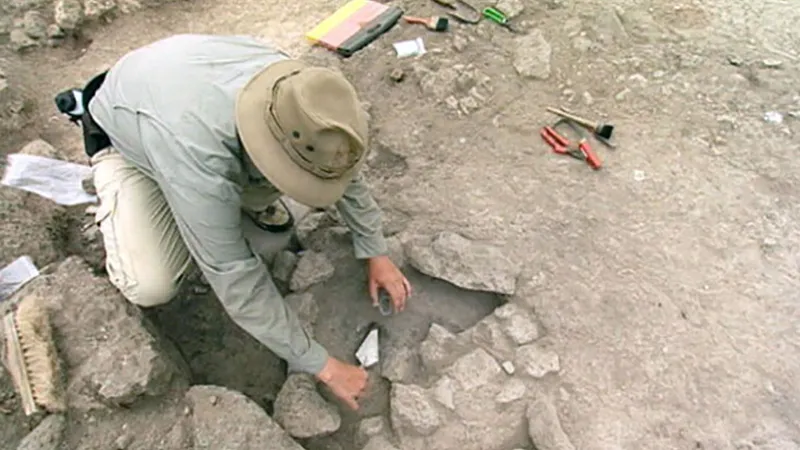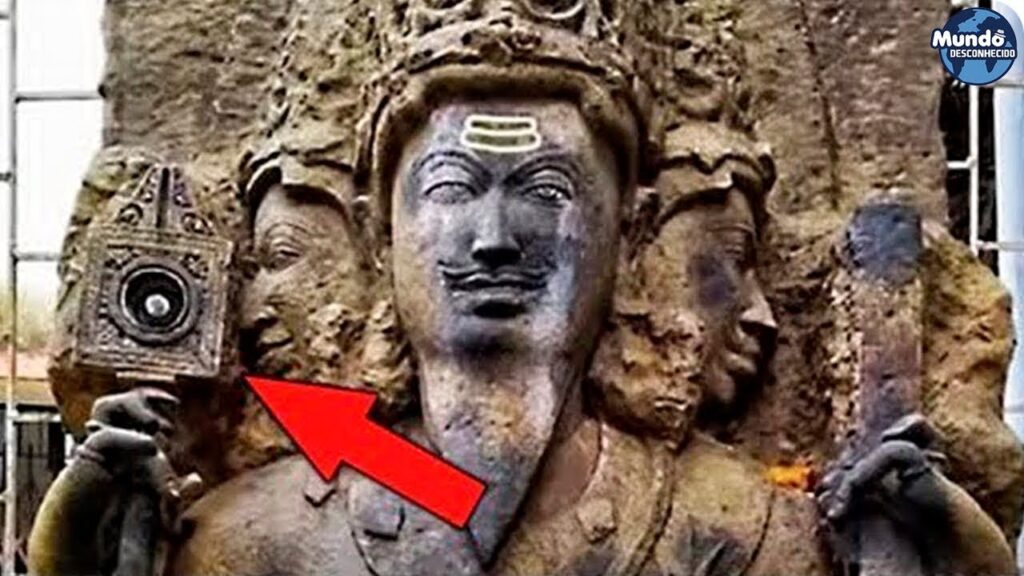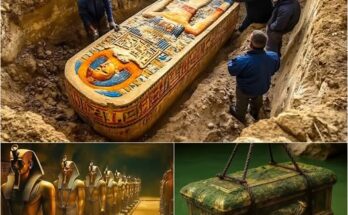History is full of astonishing discoveries, but some artifacts remain unexplained, leaving scientists puzzled. These objects challenge our understanding of ancient civilizations and technological advancements, raising questions that still have no definitive answers. Here are four of the most mysterious artifacts that continue to baffle experts.

1. The Antikythera Mechanism
Discovered in 1901 in a Greek shipwreck, the Antikythera Mechanism is often referred to as the world’s first analog computer. Dating back to around 100 BCE, this intricate device contains a complex system of gears, seemingly designed to track celestial movements and predict astronomical events. What makes it so mysterious is that no other technology like it existed for at least another 1,000 years. How did ancient civilizations possess such advanced engineering knowledge? Scientists are still searching for answers.

2. The Voynich Manuscript
This mysterious book, written in an undecipherable script, was discovered in the early 20th century. Dating back to the 15th century, the Bonich Manuscript is filled with bizarre illustrations of unknown plants, astronomical charts, and symbols that do not match any known language. Despite decades of cryptographic analysis, no one has successfully decoded its text. Some theorists believe it may be a coded message, a lost language, or even an elaborate hoax. Until a breakthrough is made, its purpose and origins remain unknown.

3. The Baghdad Battery
Found in Iraq and estimated to be over 2,000 years old, the Baghdad Battery is a clay jar containing a copper cylinder and an iron rod. Some scientists believe it could have functioned as an ancient battery, possibly used for electroplating gold onto objects. However, skeptics argue that there is no solid evidence proving it was used to generate electricity. If it truly was a battery, it would suggest that ancient civilizations understood and utilized electrical principles long before modern science officially discovered them.
4. The London Hammer
One of the most controversial artifacts, the London Hammer was discovered in Texas in the 1930s, encased in a rock estimated to be over 400 million years old. The hammer itself appears to be of relatively modern design, yet how it became embedded in such ancient rock remains a mystery. Some speculate that it is evidence of lost advanced civilizations, while others believe natural processes encased the hammer much later. To this day, no conclusive explanation has been found.



